
As of November 7, the mandatory quarantine of international travelers upon arrival in the country is eliminated. Photo: Ariel Ley Royero / ACN.
The 10 international airports are already ready for the reopening of the Cuban borders on November 15, Tourism Minister Juan Carlos García Granda reported on Tuesday at the International Press Center.
“It will be a controlled and staggered reopening, with the guarantee that in the next month more than 90% of the population will have the complete vaccination scheme,” he said and commented that in the last 15 days there has been a decrease in the number of positive cases to covid-19, with the same behavior in all provinces.
García Granda specified that as of November 7, the mandatory quarantine of international travelers upon arrival in the country is eliminated.
Other measures announced by the minister:
- By day 15, the border entry PCR is eliminated.
- All travelers (Cubans or foreigners) who enter the country must present a health passport or international anticovid certificate of those vaccines certified by the corresponding regulatory agencies.
- Those who do not have these documents are obliged to present a covid-19 negative PCR certification at the arrival of the country with no less than 72 hours before traveling, carried out in a certified laboratory in the country of origin.
- Epidemiological surveillance of international sanitary control will be maintained at all entry points, as well as in hotel facilities, for which medical assistance is strengthened with the location of basic health equipment in the facilities themselves.
- Children under 12 years of age, regardless of their nationality, will be exempt from presenting a vaccination schedule or PCR test upon arrival in Cuba.
- The presentation of the Declaration of Health of the Traveler (Affidavit of Health) will be required for all those who arrive in the country.
- The mandatory use of the nasobuco is maintained within the air and port terminals, as well as throughout the country.
- To board the flight at origin, airlines will require their passengers to provide evidence of a vaccination scheme or a negative PCR test applied within 72 hours beforehand.
- The International Sanitary Control staff will randomly take samples for PCR at the airport.
- Any traveler who arrives in the country and shows signs and symptoms of covid-19 or another communicable disease will be referred to a health institution and a PCR test will be performed.
- The owners of rental houses or people who host non-resident travelers in the country are responsible for immediately informing the corresponding health authorities of the appearance of any symptoms that they present.
- The health areas in the community will maintain epidemiological surveillance of tourists staying in private homes.
- For Cuban travelers residing in the country, the obligation to appear at the family doctor’s office or health area is restored within a period of no more than 48 hours after their arrival, to be followed up by the family doctor.
- All Cuban travelers residing in the country, if not vaccinated, will be performed an antigen test on the seventh day of arrival in their health area and if they present symptoms, they will be treated as a suspected case.
- The protocols in the facilities are reinforced: the use of the mask in closed places and in the presence of other people, physical distancing, constant sanitation, hand disinfection measures, taking temperature and others.
The minister recalled that workers in the tourism sector and workers in transport, customs, immigration and aviation, together with those of Public Health, were among the first to be vaccinated, and it was agreed that before November 15 they would be vaccinated. apply a booster dose.
“We work for a responsible recovery of tourism in Cuba: All the facilities that will provide service will have the Tourism + Hygienic and Safe certification, guaranteeing compliance with the sanitary protocols established by Public Health”.
García Granda highlighted that a second training cycle is currently being developed on hygienic-sanitary protocols in the tourism sector, with the participation of state and non-state workers.
Varadero opens its doors to domestic tourism from next October 25

Varadero opens its doors to domestic tourism from next October 25. Photo: Ismael Franciso / Cubadebate.
As they announced in a press conference, as of November 15, the domestic market, complying with the established protocols, will be able to fully enjoy the country’s tourist offer.
The minister announced that starting next Monday, October 25, the Varadero tourist center will receive domestic tourism and the marketing of all open facilities is authorized , including those that operate today for the international market, such as Cayo Santa María, Cayo Coco and Cayo Guillermo.
The owner specified that there are provinces such as Matanza and Havana whose tourist facilities already receive customers, and “as inter-provincial and inter-municipal mobility increases and taking into account the situation of each territory, this activity will grow.”
“We are in a favorable moment of de-escalation, which means to begin to recover our customs, to be able to visit relatives and go on vacation, as well as to recover the economic activity of the country, not only in the state sector, but also in the non-state sector.”
Cuba expects to receive 100,000 international travelers in the remainder of the year

The 10 international airports are already ready for the reopening of the Cuban borders on November 15. Photo: Ariel Ley Royero / ACN.
According to the minister, so far this year some 200,000 travelers have entered the country, and another 100,000 are expected before the end of 2021. “It is a challenge, because it depends on how the markets react, but we are optimistic.”
“We do not think that on the 15th (November) the country will be full, but we estimate that we can have an early winter,” he predicted.
The owner said that since the announcement of the opening of the Cuban borders, a great expectation has been created among tour operators and airlines and thanked the commercial partners for their confidence in the Cuban destination.
“Our expectations have been exceeded, because the tour operators of the traditional destinations in Cuba have requested more requests than planned.”
There are, he said, requests for flights from Canada, the United States, the United Kingdom, and from other European countries, as well as from Mexico, Panama, the Dominican Republic, essential to connect the markets of the Southern Cone and some European customers who are in those Destinations.
As for Russia, he specified that it plans growth for the winter season and announced that it has already been authorized to fly from different cities in that country to Cuba.
García Granda pointed out that today there is air connectivity through the regular lines that have historically flown to the Island, such as Air France, Iberia, Air Europa, and charter flights with Evelop. Recently “WorldToFly was incorporated, in which we have placed a lot of trust”.
For its part, Cubana de Aviación will soon resume its traditional routes to the markets of Argentina and Spain, said the minister and argued that for those customers who wish to come from Asian countries and the Pacific area, they can do so through Turkish Airlines, which has restored frequencies to Havana.
Regarding flights from the United States, the minister emphasized that Cuba is open to all countries, “no one is discriminated against,” and it is even expected that American airlines will be among those that will rejoin when the borders are reopened. “There will be the option of traveling to any of the 10 international airports, everything will depend on what they are allowed to do.”
Asked about the losses suffered by the sector due to the pandemic , García Granda recalled the impact that tourism activity has on the national economy and said that currently the focus is on reversing the situation as soon as possible. “More than looking back, looking forward; how much more needs to be done to attract travelers; what must be foreseen so that the level of satisfaction is higher ”.
Tourist offer will have 4,000 new rooms
The minister informed that 4,000 new rooms will be incorporated and asserted that the country is open to more negotiations, air operations and even to cruises from any destination.
In these last two years, he commented, the sector has taken the opportunity to increase e-commerce and its necessary infrastructure, as well as to increase “the participation of all economic actors that complement and enrich the tourism product and enable new life experiences for those of us. they visit ”.
Likewise, he added, work is being done on the possibility of offering Cuban anticovid vaccines to international visitors.
- At airports, the client will have access to free WiFi for 30 minutes.
- The facilities have improved their comfort, and those with a five-star category already guarantee Internet connection from the rooms, public areas and beach areas, while working in four and three-star hotels.
- New platforms and APKs are incorporated to serve the client in airports, transport and hotel facilities.
- The information will be digitally available and online payment facilities are enhanced.
The owner recalled the ban on using the US dollar in cash in Cuba, and reiterated that transactions may be carried out in freely convertible currencies authorized in the country such as the Canadian dollar, the euro, the British pound, the Japanese yen and the Mexican peso. .
For months, prepaid cards in freely convertible currency (MLC) have been available, which can be purchased by tourists in the exchange offices of airports, marinas and tourist areas, and used to pay for services in Cuban territory.
These cards are valid for two years and the amount that the traveler has not spent upon leaving the country will be reimbursed if he wishes.
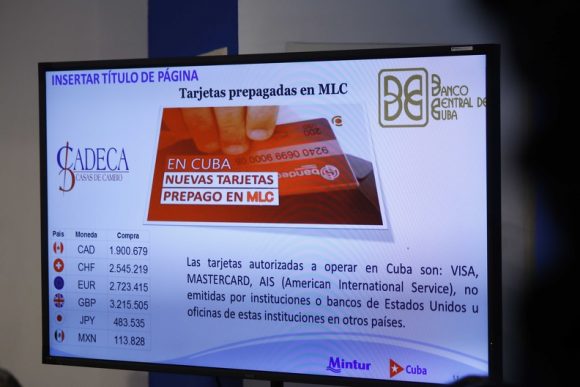
Prepaid cards available in freely convertible currency (MLC). Photo: Ariel Ley Royero / ACN.
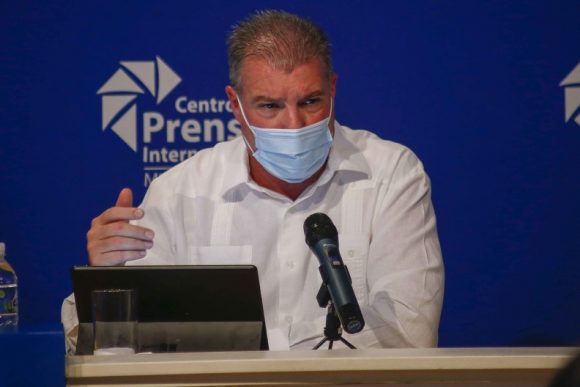
“We work for a responsible recovery of tourism in Cuba.” Photo: Ariel Ley Royero / ACN.

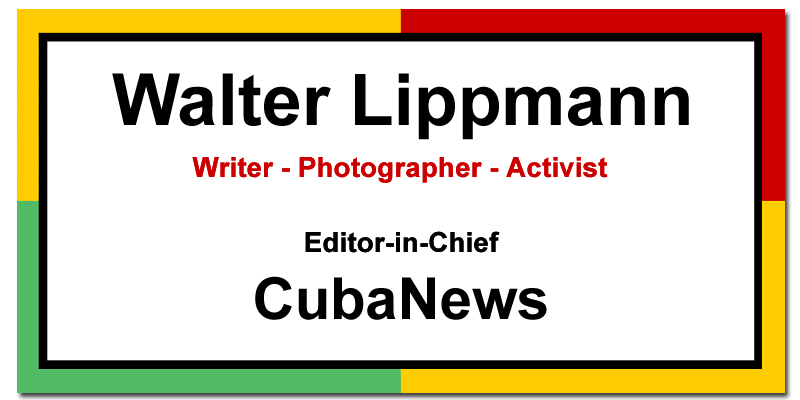
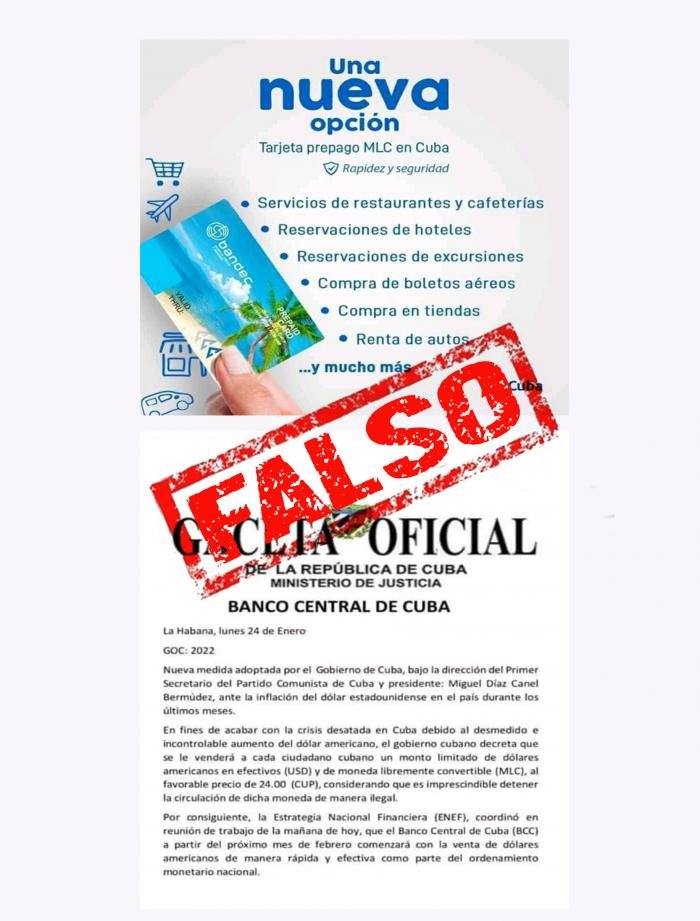



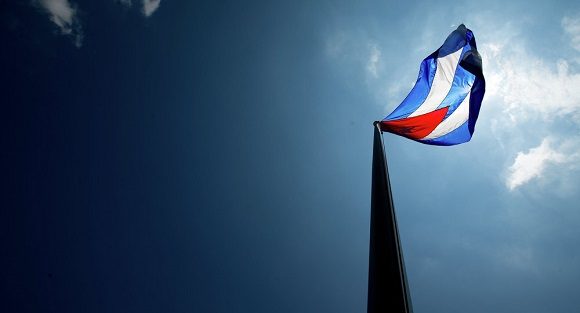

 By:
By: 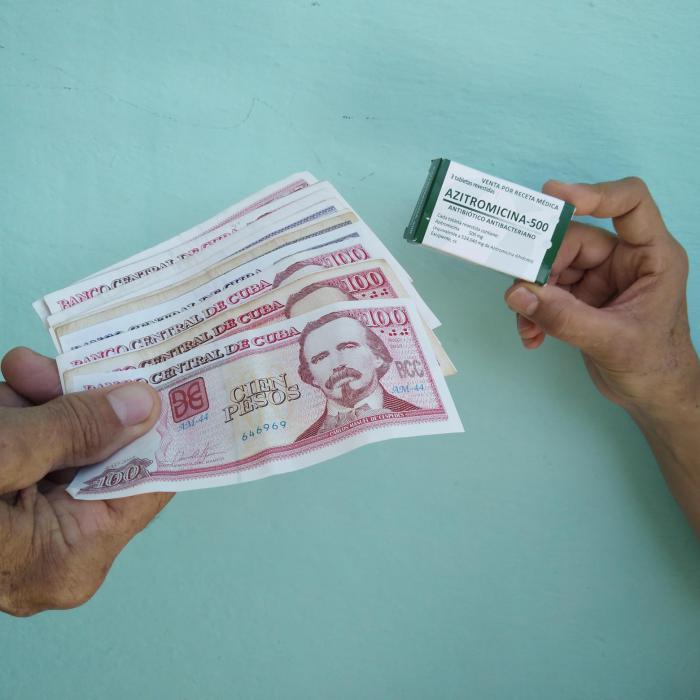
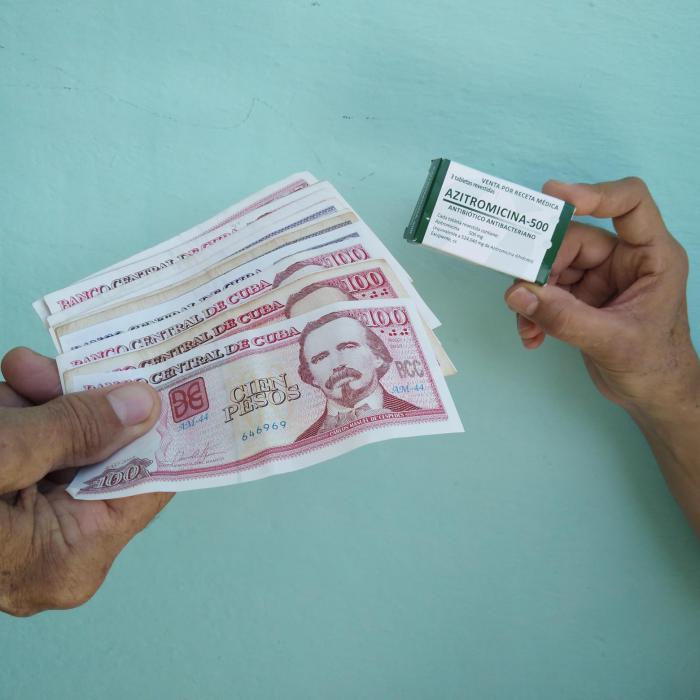
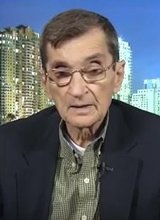

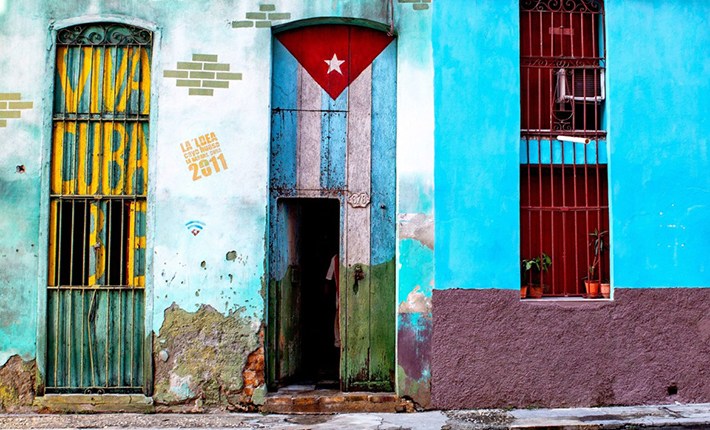
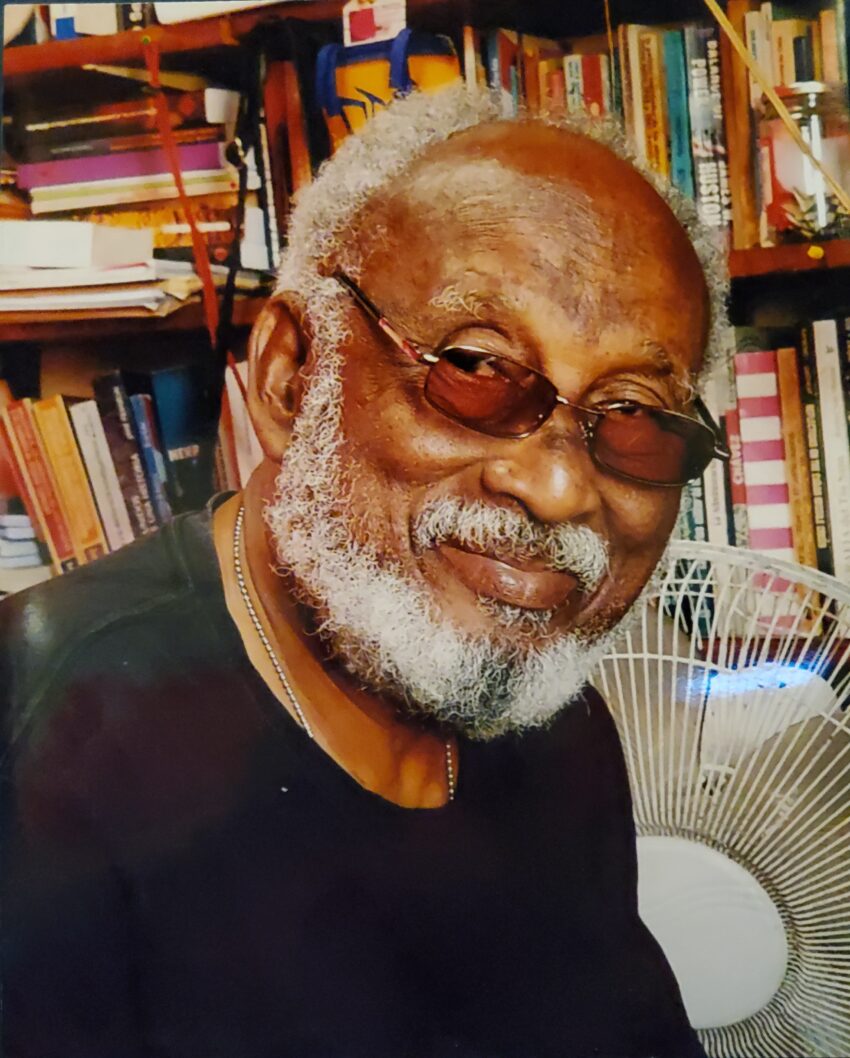
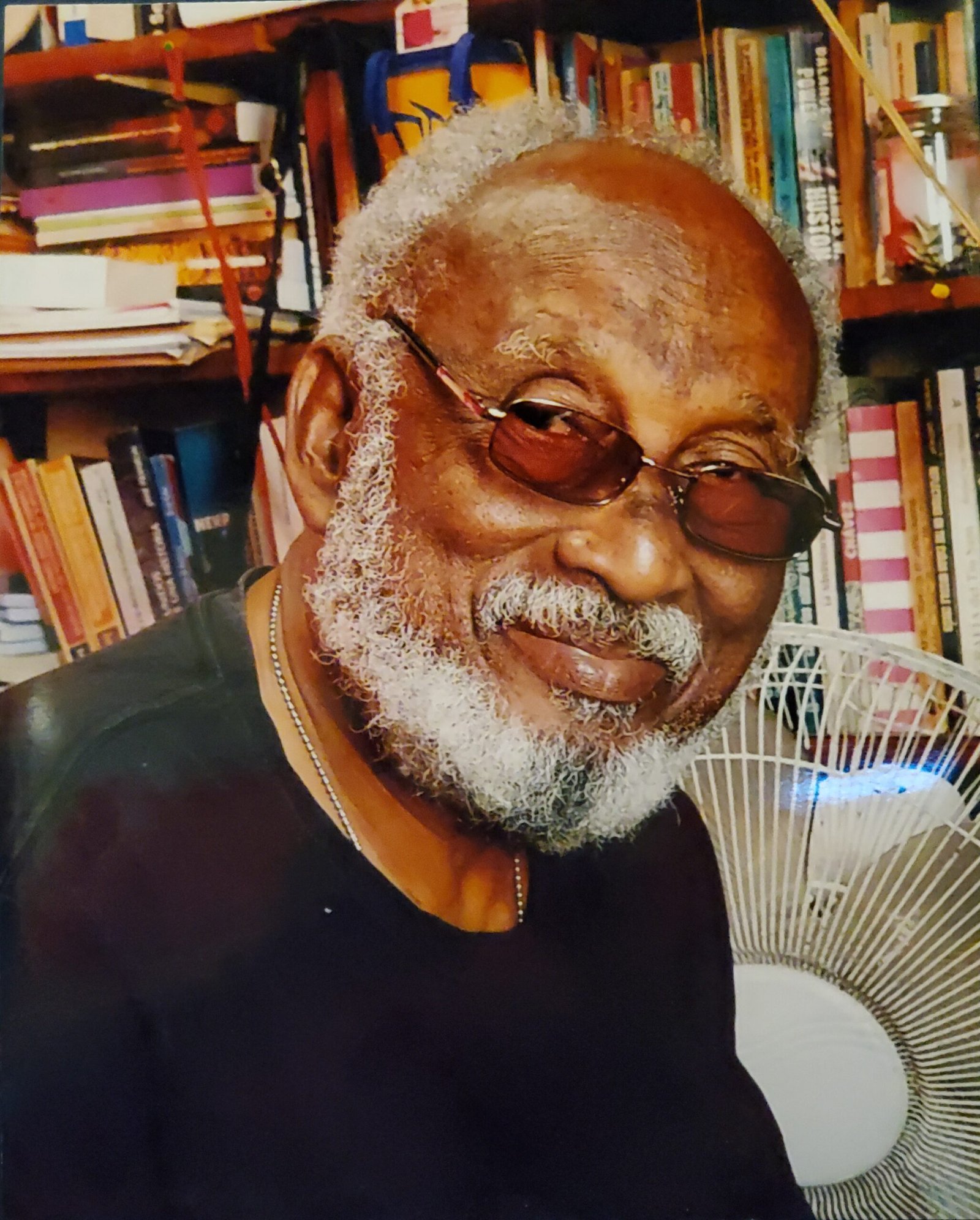 by Esteban Morales
by Esteban Morales
You must be logged in to post a comment.